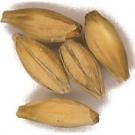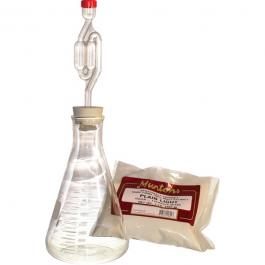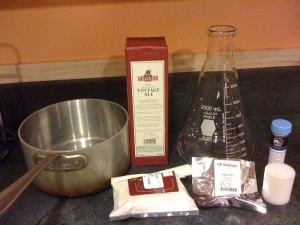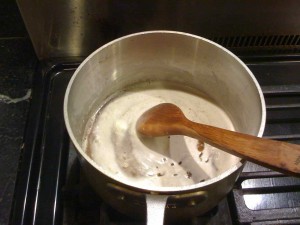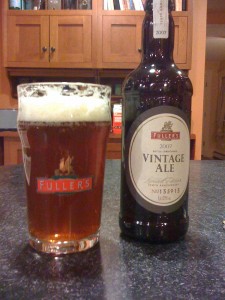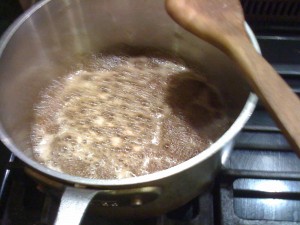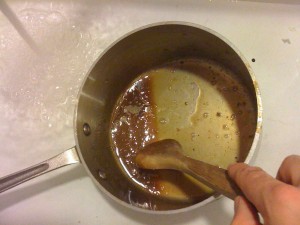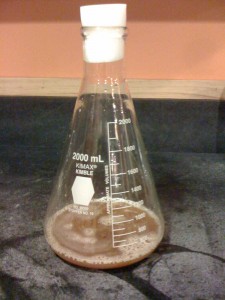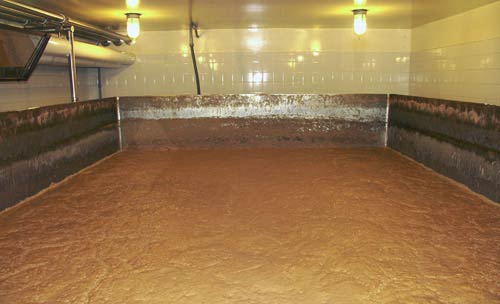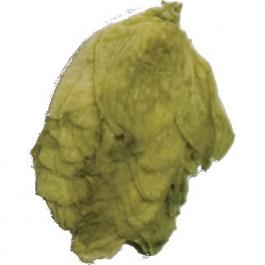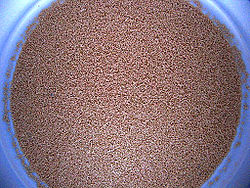I noticed in my first recipe post (here) that I inserted jargon around beer style categories and used acronyms such as BJCP without actually giving any detail as to meaning and importance. My bad, but it got me thinking that a write up on beer classifications would provide a great framework to begin discussions around recipe creation as we begin to build and review different recipes.

BJCP Logo
The Beer Judge Certification Program (BJCP) is a non-profit organization whose purpose (taken from their website):
…is to promote beer literacy and the appreciation of real beer, and to recognize beer tasting and evaluation skills. We certify and rank beer judges through an examination and monitoring process.
The BJCP was founded in 1985 and has administered the Beer Judge Examination to 5,299 individuals worldwide. 3,126 are currently active judges in the program, with 481 holding the rank of National or higher. Since we started keeping detailed records, our members have judged over 510,871 beers and we have sanctioned over 3,805
For the current year (2009), 58 exams have been registered. Exams have been given to 570 examinees. Organizers have registered 310 competitions. More detailed statistics can be found in the Database Reports section of the website. competitions.
(My italics) By creating a set of standards for judging beer the BJCP has created a defacto standard for classifying beer now used by almost every homebrew calculator, book, website, and in almost all beer competitions. These classifications provide a great starting point for the new homebrewer to begin researching their own new recipes.
Each style listed by the BJCP contains a number of sub-categories outlining general characteristics, guidelines, and requirements an ale is assessed against when placed into competition. These guidelines include aroma, flavour, appearance, and mouthfeel. Assessment requirements include Specific Gravity (OG & FG), colour (SRM), bitterness (IBU’s), and Alcohol By Volume (ABV). A recommended range of values is provided for each of the above. These guidelines therefore provide an excellent place to start when beginning to craft your own recipe.
Given the focus of this blog lets focus on the various categories of British ale. A complete style guide can be found here. Arguably the most popular British Ale style is “Category 8 – English Pale Ale”. English Pale Ale is broken down into 3 sub-categories:
- Standard/Ordinary Bitter
- Special/Best/Premium
- Extra Special/Strong Bitter.
It is not uncommon to hear the phrase “A pint of Best”, or “pint of your Ordinary” in an English Pub. Each brewery would typically have one of each of the 3 categories, each with its own unique flavour, aroma, colour and strength.
Standard/Ordinary
| Vital Statistics: |
OG 1.032 – 1.040 |
| IBU 25-35 |
FG: 1.007 – 1.011 |
| SRM 4 – 14 |
ABV 3.2 – 3.8% |
So lets translate the above table into English. With a recommended ABV of 3.2-3.8% these styles of ale are low alcohol making them light and easy to drink. The low alcholol level accounts for a lower OG. With a FG around 1.007 most of the sugars have been converted into alcohol and with IBU’s in the high 20’s-30’s give these ales quite a dry and bitter taste. A higher ABV would smooth the bitterness out but this is not the case here. The SRM dictates a light yellow to copper colour so a light Crystal Malt may be used giving us a hint of caramel flavour.
Some commercial examples of Ordinary Ale include: Fuller’s Chiswick Bitter, Adnams Bitter, Young’s Bitter, Greene King IPA, Tetley’s Original Bitter, Brakspear Bitter, Boddington’s Pub Draught (All good session beers and great with pub food).
Special/Best/Premium
| Vital Statistics: |
OG 1.040 – 1.048 |
| IBU 25-40 |
FG: 1.008 – 1.012 |
| SRM 5 – 16 |
ABV 3.8 – 4.6% |
As the above table highlights a pint of Best is very similar to the Ordinary. The similar bitterness profile combined with the higher ABV leaves a smoother, more balanced malt flavour but with the bitterness still coming through. A high FG still gives a dry ale but not as dry as the ordinary and the darker colour (gold to copper) provides for potentially more crystal malt or a darker strain and a stronger caramel flavour.
Some commercial examples of Best Bitter include: Fuller’s London Pride, Adnams SSB, Young’s Special, Shepherd Neame Masterbrew Bitter, Ruddles County Bitter (all have been personal favorites of mine).
Extra Special/Strong Bitter
| Vital Statistics: |
OG 1.048 – 1.060 |
| IBU 30-50 |
FG: 1.010 – 1.016 |
| SRM 6 – 18 |
ABV 4.6 – 6.2% |
Strong Bitter is most commonly served as an ESB and is probably my favorite overall English Pale Ale category. This ale is the most balanced in flavour between hop and malt thanks to both the high OG and IBU. The deeper golden to deep copper colour gives a richer caramel taste with the opportunity to use some of the darker or roasted malts in small quantities giving a nuttier, biscuit like quality. This category provides the greatest flexibility to the brewer given the wide range of values which is reflected in the wide variety of ESB’s on the market.
Some commercial examples of ESB include: Fullers ESB, Adnams Broadside, Shepherd Neame Bishop’s Finger, Young’s Ram Rod, Samuel Smith’s Old Brewery Pale Ale, Bass Ale, Whitbread Pale Ale, Shepherd Neame Spitfire, Marston’s Pedigree, Morland Old Speckled Hen, Greene King Abbot Ale, Bateman’s XXXB, Shipyard Old Thumper.
Bringing it all together –
So now its our turn to figure out our own British Bitter recipe. The easiest way to begin is to use a brewers calculator, such as the one found at Hopville.com, and construct a recipe. As we add ingredients the calculator updates SRM, IBU, ABV, OG and FG helping us structure the perfect ale. To check whether your ale conforms to your chosen category simply select your style in the calculator and it will compare your recipe against the BJCP guidelines and provide the appropriate feedback.
Remember as we are only focused on extract based recipes for English Pale Ale use Light Dry Malt Extract as the base malt with maybe some Amber DME for a darker colour. For specialty grains play around with the various degrees of Crystal malt for colour and flavour, maybe a small amount of black or toasted malt such as Victory for nutty overtones. For hops Fuggles, Target, Kent Goldings, and Williamette are all good places to start. To get going and perfect your own brew.
Of course there is no substitute for actually trying one out. So give it a shot and please post recipes in the comments or email me with a description and I will post them.
